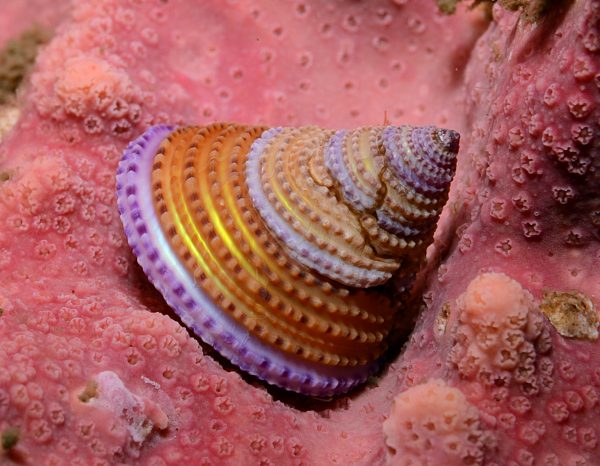The Florida Museum of Natural History recently surpassed half a million cataloged mollusk specimen records in its online database, making it the world’s largest digitally accessible collection for the shellfish group.

Florida Museum photo by Gustav Paulay
Museum researchers have been building the online catalog for more than 30 years, and it includes about a third of the word’s approximately 100,000 identified mollusk species, said Florida Museum curator of marine malacology Gustav Paulay.
“Researchers as well as the public may access the database and benefit from having the information they need at their fingertips,” Paulay said. “Museum collections are a fundamental resource for verifiable data about Earth’s biodiversity.”
The second-largest online database for mollusks is at the Smithsonian Institution, with about 300,000 digitized records. The majority of the Florida Museum’s mollusk collection is available online, with only about 10,000 mollusks currently not digitized.
The catalog contains occurrence data, which includes detailed descriptions about the environment in which a specimen is found.
“This type of data is important for research and conservation because it is the basis of understanding the distribution of life on Earth,” Paulay said. “It allows users to map the distribution of species or examine how diversity changes across space and time.”
Many factors will affect how long it takes for the digital collection to meet its next major milestone of 1 million mollusks, Paulay said.
“The mollusk collection had about 278,000 specimens in 2000, so if that growth trajectory remains, then it would reach a million in about 35 to 40 years,” he said.
Browse the invertebrate zoology database
Learn more about Invertebrate Zoology at the Florida Museum.